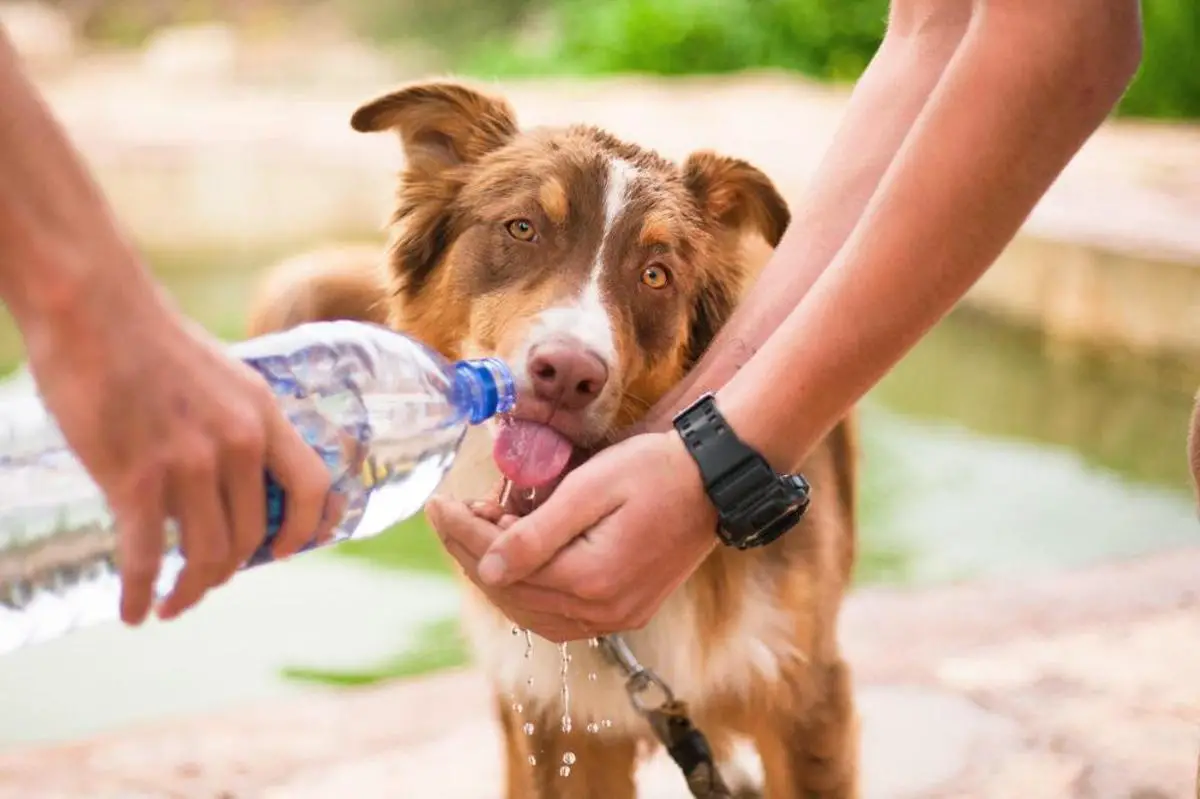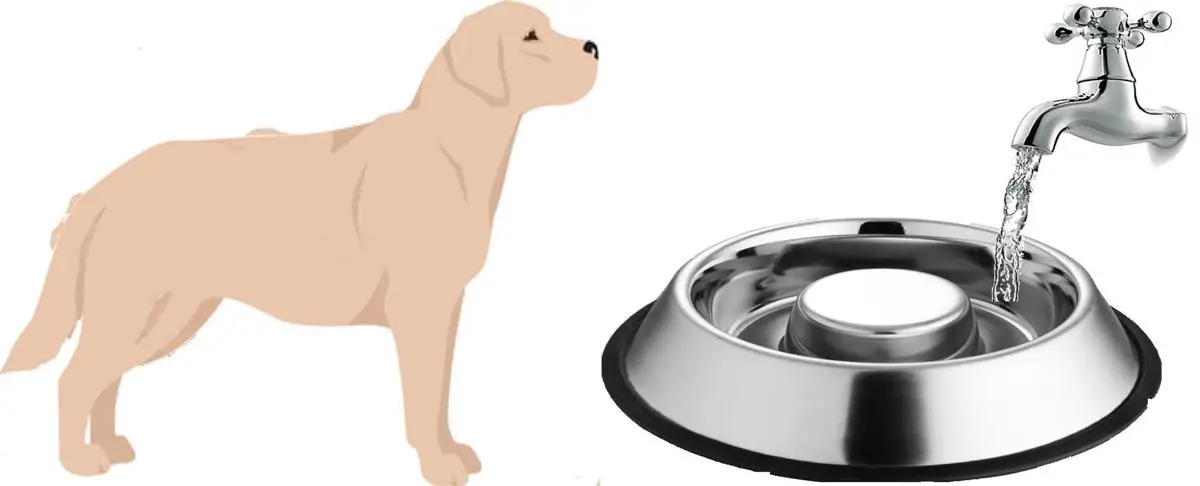Quick Links: Table of Contents
- Labrador Retriever Breed Overview
- History of the Labrador Retriever Breed. Where Labrador Retrievers came from
- What the Labrador Retriever Looks Like
- How Much is the Labrador Retriever Puppy?
- Best Labrador Retriever Breeders
- Adopting or Rescuing the Labrador Retriever
- Labrador Retriever Growth
- The Temperament of the Labrador Retriever
- How Long Labrador Retrievers Live
- Labrador Retriever Litter Size
- How Fast Labrador Retrievers Can Run
- Good Names for Labrador Retrievers
- How Intelligent are Labrador Retrievers?
- How Popular are Labrador Retrievers with New Dog Owners?
- Health Problems in Labrador Retrievers and How to Prevent Them
- How to Take Care of Labrador Retriever
- Dog Breeds That Are Similar to Labrador Retrievers
- Other Things to Know About Labrador Retrievers
Labrador Retriever Breed Overview
The Labrador Retriever is a large-sized dog.
The adult Labrador Retriever stands 21 to 24 inches at the shoulder.
The Labrador Retriever belongs to the Sporting Dogs group.
Dogs in the Sporting Dogs group, like the Labrador Retriever, were bred to help hunters catch and retrieve feathered game. Some sporting dog breeds such as Retrievers, which were built for swimming, were bred to hunt waterfowl in water.
Whereas sporting dog breeds like setters, spaniels, and pointing breeds were bred to hunt quail, pheasant, and other game birds nest on grasslands.
Many Sporting Group breeds have thick, water-repellent coats that protect them from harsh hunting conditions.
The fact that the Labrador Retriever belongs to the Sporting Dogs group is one of the reasons why Labrador Retrievers have the personality and temperament that they have.
The temperament of the Labrador Retriever is generally described as:
- Agile
- Even Tempered
- Gentle
- Intelligent
- Kind
- Outgoing
- Trusting
History of the Labrador Retriever Breed. Where Labrador Retrievers came from
The Labrador Retriever was known as the St.
John`s Water Dog in the 1700s, after the capital of Newfoundland.
They assisted fishermen with their nets and retrieved any fish that slipped out of reach.
Later, this breed was renamed the Labrador Retriever after the Labrador Sea, where they developed geographically.
The records show that this hardworking dog, or their first direct ancestor, was exported to England in the 1820s.
The second Earl of Malmesbury was one of the first to own one, and they became popular because they were so good at retrieving during hunting.
The dogs were first referred to as Labrador Retrievers by the third Earl of Malmesbury.
The breed was on the verge of extinction.
.
What the Labrador Retriever Looks Like
The Labrador Retriever is built for exercise, particularly swimming.
They are muscular and athletic, with a short, easy-care coat.
They are friendly to everyone because they are pleasant by nature and eager to please.
Labrador retrievers are devoted and loving people-friendly dogs who live to serve their owners.
Labrador Retrievers have a short top coat and a thick, dense, waterproof undercoat.
It is ideal for icy water and cold weather.
This powerful dog has a broad head and a moderate stop.
The nose color varies, with black noses on black and yellow pups and brown noses on chocolate Labs.
They have powerful jaws that meet in a scissor or level bite.
.
How Much is the Labrador Retriever Puppy?

The average price of a Labrador Retriever puppy is $1290. The price of a Labrador Retriever puppy ranges from $850 to $1500.
A lot of factors determine the price of the Labrador Retriever. These factors include what health records the Labrador Retriever puppy has, the lineage of the Labrador Retriever puppy, the US state the breeder is located in, etc.
To estimate how much you can expect to pay for a puppy Labrador Retriever based on the many factors that determine the price of the Labrador Retriever puppy, check out our calculator that lets you estimate how much you should expect to pay for the Labrador Retriever puppy based on what you want in the puppy.
When looking to buy a puppy, look at buying a puppy only from well-established breeders that breed puppies primarily for the love of the Labrador Retriever breed, and secondarily for profit. Do not buy a puppy from a puppy mill. Puppy mills mass-produce puppies in bad living conditions for maximum profit.
You may also consider adopting instead of buying a puppy. Adoption costs are very low compared to the price of a puppy.
Best Labrador Retriever Breeders
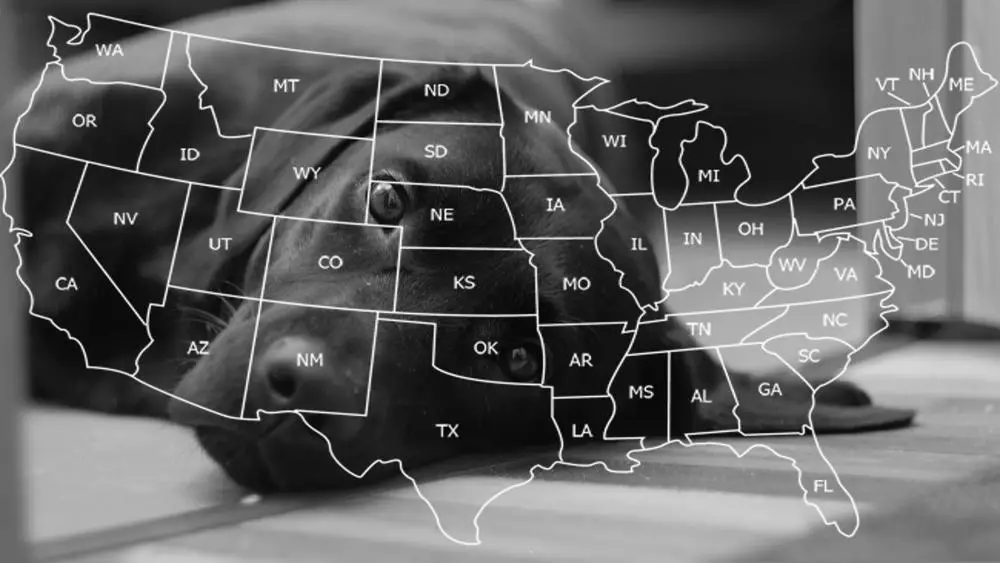
We have researched reputable Labrador Retriever breeders that you can buy a puppy.
Go to this page for our complete list of reputable Labrador Retriever breeders in various states in the United States.
On this page, you will see how much these breeders sell their puppies for, and how many puppies they have available.
A few of these breeders are listed below.
Chris Sumrall
Puppy Price: Check with breeder
Josh Jacque
Puppy Price: $1400.00
Purpose Bred Labs
Puppy Price: Check with breeder
WHISPERING WINDS LABRADOR RETRIEVERS
Puppy Price: $700
Missy Gammons
Puppy Price: $1500
Adopting or Rescuing the Labrador Retriever
You may consider adopting a dog instead of buying a puppy. Many dogs, Labrador Retrievers included, are currently available for adoption in your local dog shelters.
These helpless but adorable dogs are waiting in dog shelters hoping that someday someone will rescue them. Dog adoption costs are lesser than the cost of a new puppy. Dog adoption costs are usually around $300 or even less.
In addition to your local dog shelter, another good place to find dogs that are available for adoption is petfinder.com.
Below is an adorable Male Labrador Retriever named Big Dawg that is currently available for adoption on Petfinder.com. You can find other lovely Labrador Retrievers like Big Dawg on pefinder.com.

Rick P-2 Owner Redeem Only, Finder Wants is the name of another Labrador Retriever (Male) on petfinder.com that is looking for a new forever home.

You can find more Labrador Retrievers that are available for adoption on petfinder.
Labrador Retriever Growth

New Labrador Retriever owners need to know about the growth of their Labrador Retrievers. This will help them plan their living spaces accordingly.
Also, knowing the typical growth pattern of the Labrador Retriever will help new owners catch the abnormal growth of their Labrador Retriever early.
See our calculator for predicting how big your Labrador Retriever puppy will get. You will also learn about the typical weight of the Labrador Retriever at different ages and how to catch abnormal growth in your Labrador Retriever

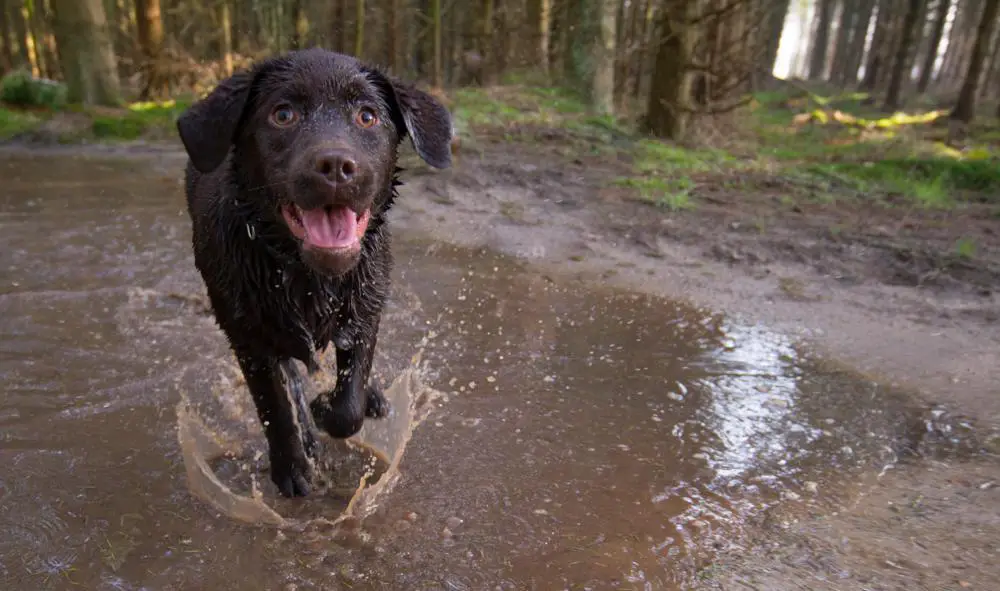
The Temperament of the Labrador Retriever
The temperament of the Labrador Retriever based can be summarized as in the table below.
The table shows the scores of the Labrador Retriever for 13 important dog behavioral factors.
We obtained these scores by analyzing raw data from the C-BARQ dog personality survey tool. The higher the score of a dog for a factor, the worse the temperament of the dog regarding that factor.
The C-BARQ tool was developed by researchers from the University of Pennsylvania, and it is a scientific tool that is used worldwide for reliably measuring the temperament of dog breeds.
See our complete analysis of the temperament of the Labrador Retriever here.
| Factor | Score |
|---|---|
| Energy Level | 57.1 percent |
| Attachment Attention Seeking | 47.2 percent |
| Excitability | 45.0 percent |
| Prey Drive | 30.5 percent |
| Dog Directed Fear | 27.9 percent |
| Dog Directed Aggression | 27.6 percent |
| Separation Related Behavior | 26.0 percent |
| Touch Sensitivity | 22.9 percent |
| Stranger Directed Aggression | 22.8 percent |
| Stubbornness | 21.2 percent |
| Nonsocial Fear | 19.7 percent |
| Dog Rivalry | 15.0 percent |
| Stranger Directed Fear | 12.8 percent |
| Owner Directed Aggression | 10.7 percent |

How Long Labrador Retrievers Live
The lifespan of the Labrador Retriever is typically from 10 to 12 years.
Moreover, a few years back, veterinarian researchers performed a scientific study to determine the lifespan of the Labrador Retriever. In this study, the scientists collected data on how long 574 pet Labrador Retrievers lived.
From the study, it was found that Labrador Retrievers have an average lifespan of 12.2 years. Furthermore, the study found that it is not uncommon for Labrador Retrievers to live as long as 19 years.
Note that you need to put in some effort if you want your Labrador Retriever to live long.
Labrador Retrievers live long if they eat well, drink well, exercise well, and visit the veterinarian regularly.
There are also dog supplements that you can give your Labrador Retriever to improve your Labrador Retriever`s quality of their life.
Click here to learn more about how to make your Labrador Retriever live long.

Labrador Retriever Litter Size
Researchers from the Norwegian School of Veterinary Science did a study where they counted the numbers of puppies in 223 different Labrador Retriever birth litters.
From this study, the researchers found that the average number of puppies that Labrador Retrievers can have is 6 puppies. Also, the Labrador Retriever can have as few as 1 puppies per litter and as many as 13 puppies per litter.
The number of puppies that the Labrador Retriever will have depends on factors such as the age of the Labrador Retriever, the method of pregnancy, etc.
Click here to see our calculator for predicting how many puppies your Labrador Retriever will have and how the litter size of the Labrador Retriever compares to the litter size of other dog breeds.
How Fast Labrador Retrievers Can Run

How fast a dog breed can run is a good measure of how athletic the dog breed is.
The American Kennel Club (AKC) regularly conducts dog running competitions. The AKC records the running speed of competing dogs in these competitions. These competitions are open to all dog breeds.
Based on our analysis of the speeds of 662 different Labrador Retrievers, the average speed of the Labrador Retriever is 24.1 mph (38.7 kmph).
The fastest speed on AKC record that the Labrador Retriever ran in a race is 33.59 mph (54.1 kmph) and the minimum speed on record in a race for a Labrador Retriever is 6.54 mph (10.5 kmph).
Click here to see how the speed of the Labrador Retriever compares to the speed of other dogs and other mammals such as cats, horses, humans, etc.
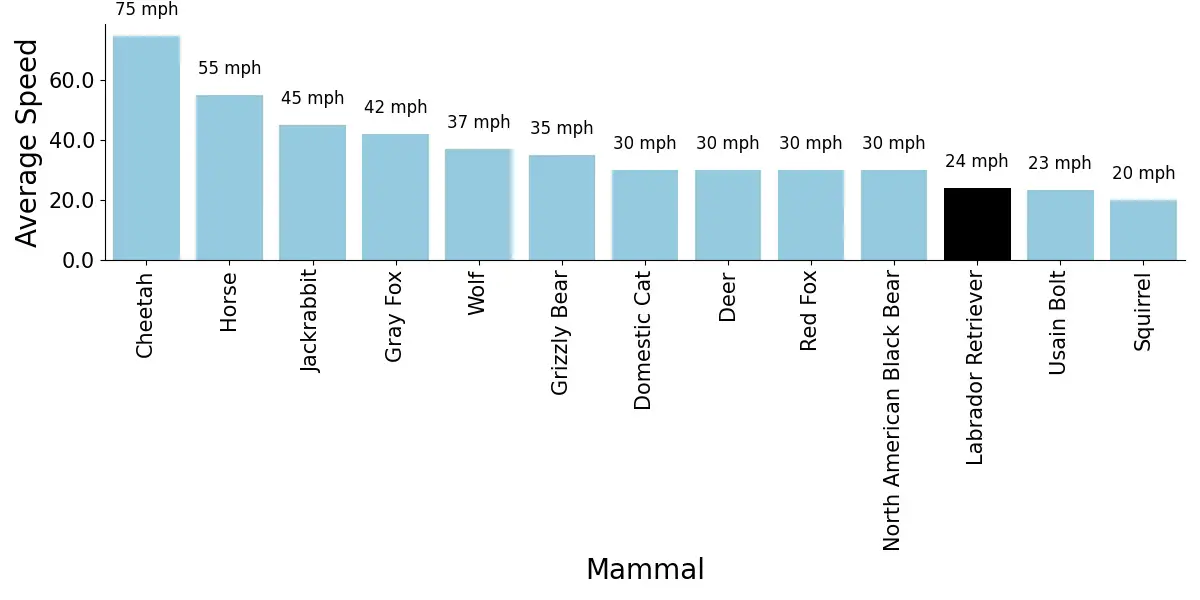
Good Names for Labrador Retrievers
Here are some really good names that are typical for the Labrador Retriever ranked by popularity:
- Brozart
- Dog
- Jack
- Shadow
- Valor
- Dennis
- Bolt
- Arctic
- Kramer
- Graham

How Intelligent are Labrador Retrievers?
| Labrador Retriever | |
|---|---|
| Intelligence Rank | 7 out of 130 dog breeds |
| Trainability | Tend To Learn New Commands After Fewer Than 5 Repetitions |
According to Prof. Stanley Coren, a Canadian psychology professor/dog trainer, the total intelligence that a dog demonstrates is the addition of three types of intelligence. These intelligence types are:
- Instinctive Intelligence: This is the natural intelligence that comes from instinct. For example, dog breeds that have been historically bred to be guard dogs will have a high `guarding` intelligence compared to dogs that were not bred for guarding.
- Adaptive Intelligence (learning and problem-solving ability): This indicates what a dog can learn to do for himself or herself. Adaptive intelligence is specific to each dog, and not breed specific. You can improve your dog`s adaptive intelligence by investing time to train your dog.
- Working/Obedience Intelligence: This type of intelligence is breed-specific. Certain dog breeds tend to have higher working/obedience intelligence than some other breeds. This intelligence is the closest to what we might call school-learning ability and it is based upon what the dog can learn to do when instructed by humans. This type of intelligence can be measured for each dog breed and compared to that of other dog breeds.
Professor Stanley Coren measured and ranked the working intelligence of about 130 different dog breeds.
Prof. Coren found that the Labrador Retriever has an obedience intelligence rank of 7 out of 130 dog breeds. Thus, Prof. Coren put Labrador Retrievers in the `Brightest Dogs` category.
This means that Labrador Retrievers tend to learn new commands after fewer than 5 repetitions.
However, we should mention that a dog should not be judged based on its intelligence alone. There are other important factors you need to consider when deciding on which dog breed to get. These other factors include sociability, adorability, and compatibility of the dog breed with your lifestyle.
See the intelligence ranking of some other dog breeds below:
| Breed | Intelligence Rank |
|---|---|
| German Shepherd Dog | 3 |
| Golden Retriever | 4 |
| Labrador Retriever | 7 |
| Rottweiler | 9 |
| Pembroke Welsh Corgi | 11 |
| Miniature Schnauzer | 12 |
| Collie | 16 |
| English Cocker Spaniel | 18 |
| Belgian Malinois | 22 |
| Pomeranian | 23 |
| Manchester Terrier | 32 |
| Samoyed | 33 |
| American Water Spaniel | 44 |
| Scottish Deerhound | 47 |
| Maltese | 59 |
| Great Pyrenees | 64 |
| Chihuahua | 67 |
| Lhasa Apso | 68 |
| Shih Tzu | 70 |
| Borzoi | 75 |

How Popular are Labrador Retrievers with New Dog Owners?
Every year, the American Kennel Club (AKC) publishes information on how popular a dog breed is in that particular year. The AKC gets the popularity information of a breed from how many dogs of that breed the owners register with the AKC every year. The AKC collects this data for about 200 dog breeds.
The graph below shows the popularity trend of the Labrador Retriever.
The popularity of the Labrador Retriever averaged over the years is Number 1 out of about 200 dog breeds.
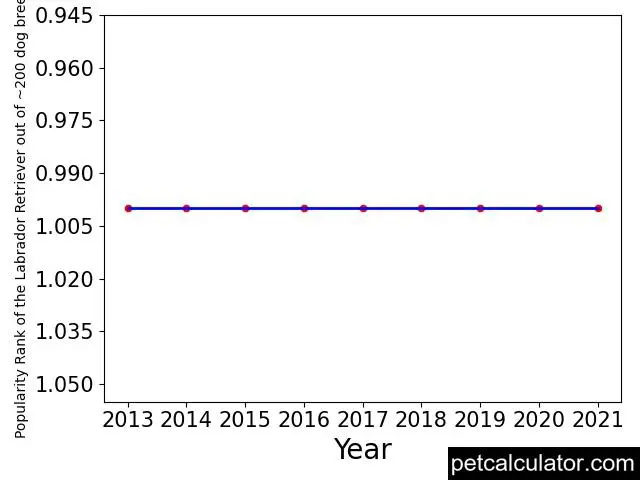
Do not get a dog breed just because it is a popular dog breed. And do not reject a dog breed just because it is an unpopular breed.

Health Problems in Labrador Retrievers and How to Prevent Them
Every dog breed has its own set of health problems that it tends to develop. There is nothing like a perfect dog breed.
The Labrador Retriever is prone to certain genetic health conditions. The Orthopedic Foundation for Animals (OFA) is an organization that keeps track of genetic health problems in dog breeds.
From the extensive records that the OFA keeps, the OFA knows what health problems each dog breed is naturally prone to develop.
Hence, the OFA recommends which health screening breeders should perform on a dog breed to make sure that the breeders won`t breed `defective` dog parents that can pass down defective genes to their puppy offspring.
If you want a Labrador Retriever puppy that will grow up to be healthy, make sure that your Labrador Retriever breeder screens your puppy or your puppy`s parents for the health problems that the OFA recommends for your puppy`s breed. This will increase the chances that your puppy is free from genetic defects.
The following are the health tests that Orthopedic Foundation for Animals (OFA) recommends that breeders should screen Labrador Retrievers for:
- Cardiac Evaluation
- Centronuclear Myopathy
- D Locus (Dilute) DNA Test
- EIC (Exercise Induced Collapse)
- Elbow Dysplasia
- Eye Examination
- Hip Dysplasia
- prcd-PRA DNA Test
You can find out more about OFA`s recommended tests for Labrador Retrievers here.
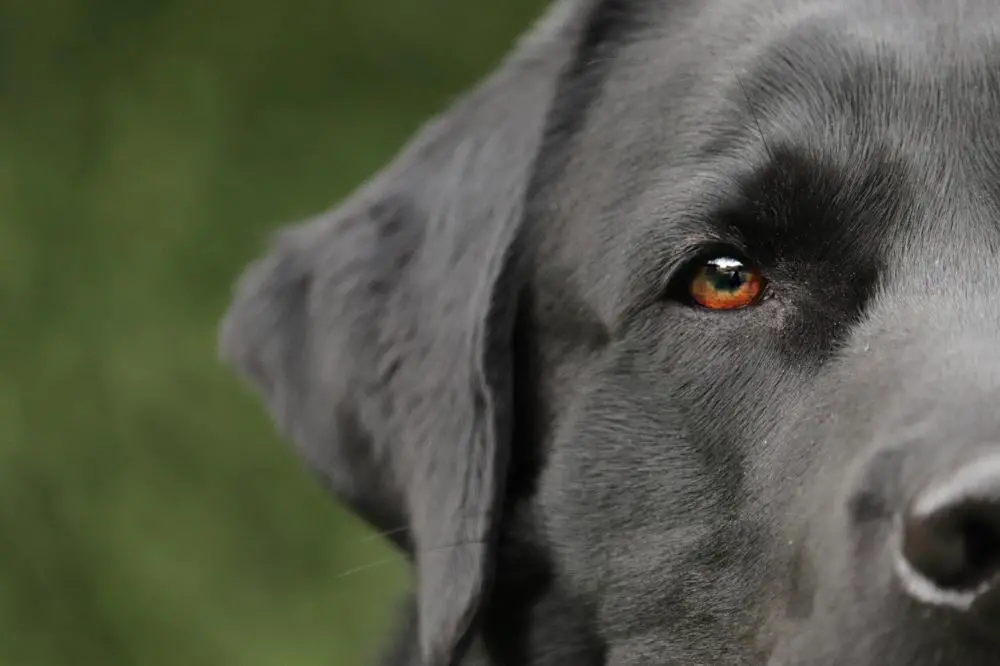
How to Take Care of Labrador Retriever
To take good care of your Labrador Retriever, you need to make sure that you groom your Labrador Retriever regularly.
Secondly, you need to find a veterinarian in your area that will routinely check the health status of your Labrador Retriever regularly, and give you appropriate recommendations on your Labrador Retriever`s preventative care.
Thirdly, you need to commit some time to exercise your Labrador Retriever daily. Regular exercise helps improve the health and quality of life of your Labrador Retriever.
Also, you need to feed your Labrador Retriever high-quality dog food, and the food should be of the right amount to prevent your Labrador Retriever from getting overweight or underweight.
See our recommendations on what to feed the Labrador Retriever and how much food to feed the Labrador Retriever at different life stages.
Finally, you need to make sure that your Labrador Retriever has access to clean water all the time. See our recommendations on how much water your Labrador Retriever needs to drink at different ages.
Dog Breeds That Are Similar to Labrador Retrievers
If you have not made up your mind on which dog breed to get, you may also want to consider some other dogs similar to the Labrador Retriever.
We crunched the numbers and found that the following dog breeds that have similar behavior and temperament as the Labrador Retriever:
- Golden Retriever (75 percent match with Labrador Retriever). Learn more about the Golden Retriever here.
- Aussiedoodle (73 percent match with Labrador Retriever). Learn more about the Aussiedoodle here.
- Flat-Coated Retriever (77 percent match with Labrador Retriever). Learn more about the Flat-Coated Retriever here.
- Irish Setter (72 percent match with Labrador Retriever). Learn more about the Irish Setter here.
- Shiloh Shepherd (79 percent match with Labrador Retriever). Learn more about the Shiloh Shepherd here.

Other Things to Know About Labrador Retrievers
Here are some of the very important characteristics of the Labrador Retriever that you need to know about the Labrador Retriever breed:
